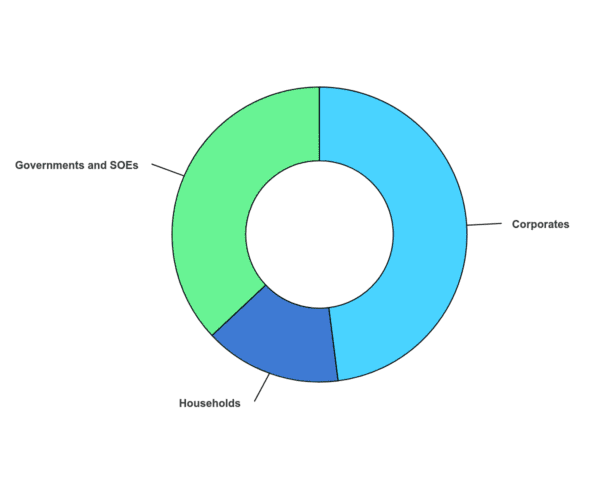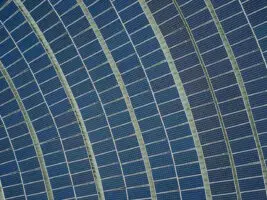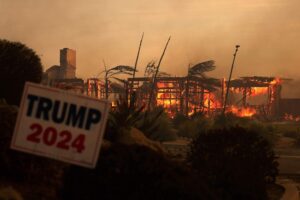More money is being poured into solar than all other electricity generation technologies combined, a new global report has found, with power sector investment in photovoltaic (PV) technology projected to exceed $US500 billion ($A750bn) in 2024.
The extraordinary new data, taken from the International Energy Agency’s latest annual World Energy Investment report, cements the central role that solar continues to play in the decarbonisation of the global power sector and, more broadly, the fight to rein in dangerous global warming.
And it’s not just the power sector that is driving the global solar juggernaut.

The IEA report finds the share of total energy investments coming from private households has doubled, from 9% in 2015 to 18% today, fuelled largely by spending on rooftop solar installations, as well as investments in energy efficiency, home electrification and electric vehicle purchases.
According to the report, a comparison shows households have contributed to more than 40% of the increase in investment in clean energy spending since 2016 – by far the largest share.

This was particularly pronounced in advanced economies, like Australia, where strong policy support has helped household to account for nearly 60% of the growth in energy investments.
Beyond solar, the IEA says total energy investment worldwide is expected to exceed $3 trillion in 2024 for the first time, around $2 trillion of which will go to clean technologies ranging from solar and wind, battery storage, grids, electric vehicles, low-emissions fuels, efficiency improvements and heat pumps.
The remainder, slightly over $1 trillion, is still going to coal, gas and oil.
The spend on nuclear, which is counted among the clean energy trillions, remains comparatively very low, even after picking up a little in 2024 following two years of decline.

According to the IEA, investment in nuclear in 2024 is expected to reach around $US80 billion, taking it to a 9 per cent share of combined global clean power investments for the year.
Gaining ground on nuclear is battery storage, with global investments set to reach $US54 billion in 2024, although the report notes that spending is “highly concentrated.” In 2023, for every dollar invested in battery storage in advanced economies and China, only one cent was invested in other emerging market and developing economies.
Investment in energy efficiency and electrification in buildings and industry has been “resilient,” the report says, despite the economic headwinds. But transport is the big driver, with investment is set to reach new highs in 2024 (+8% compared to 2023) driven by strong electric vehicle (EV) sales.
Spending on electricity grids, too, is on the rise and headed for a total of $400 billion in 2024, up from around $300 billion a year between 2015 and 2021. The IEA says this is driven by new policy initiatives and funding in Europe, the United States, China and some countries in Latin America.
IEA executive director Fatih Birol says the fact that clean energy investment continues to set new records, even in challenging economic conditions, highlights the momentum behind the transition to renewables.
“For every dollar going to fossil fuels today, almost two dollars are invested in clean energy,” says Birol.
“The rise in clean energy spending is underpinned by strong economics, by continued cost reductions and by considerations of energy security. But there is a strong element of industrial policy, too, as major economies compete for advantage in new clean energy supply chains.
“More must be done to ensure that investment reaches the places where it is needed most, in particular the developing economies where access to affordable, sustainable and secure energy is severely lacking today.”










